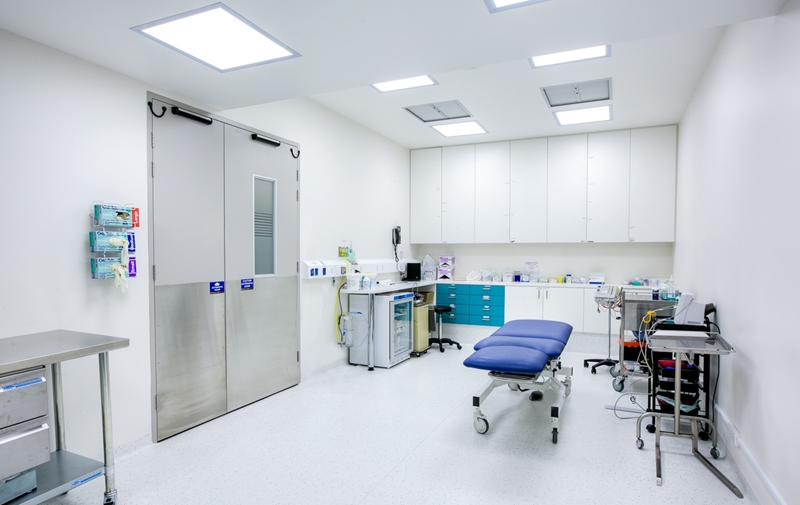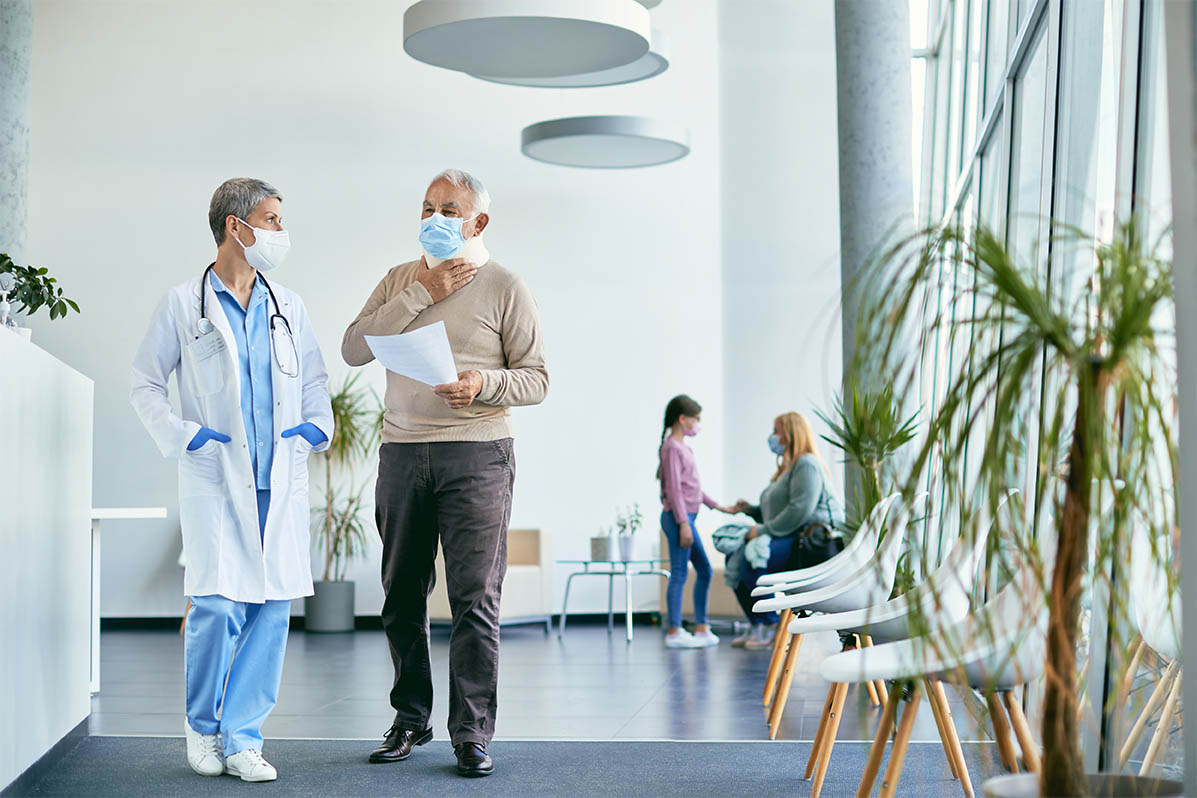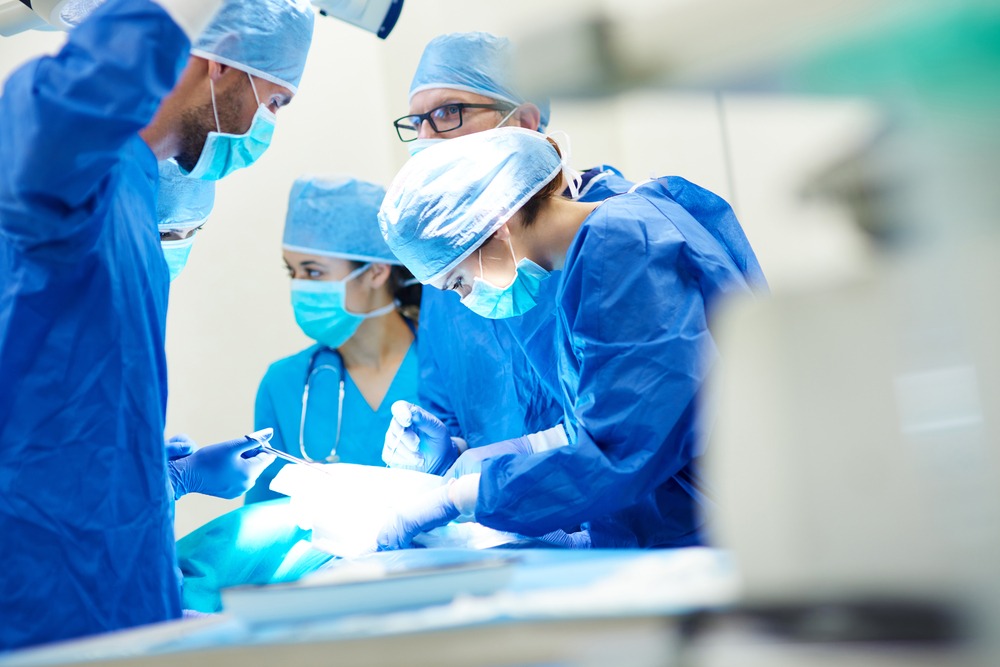The sterilisation technology market is expected to reach $7.5 billion by 2023, according to a recent report from P&S Market Research. The report states that the reason behind this growth is due to several factors: The growing number of medical facilities, the rising biotechnology industry, and the increasing prevalence of healthcare associated infections (HAIs). While the first two factors are undoubtedly good things for the future of medicine, HAIs are definitely not.
Let’s look closer at how sterilisation can deter the spread of disease in healthcare facilities.
What is a HAI?
Microorganisms are everywhere. Your body has about 10 times more microbial cells than human cells, which account for no more than 3 per cent of your body’s total mass. While most of these are vital to human health and contribute to the immune system, they can begin to falter when you are ill and physically weak.
It’s in these times of vulnerability you are most likely to seek out medical care, and are at the highest risk of contracting a HAI. Your own immune system will be struggling, and you’ll also be in close proximity to other people who are ill.
Sterilisation then becomes one of the key tools in fighting HAIs. Healthcare professionals are required to go to extra lengths to ensure that everything you come into contact with is free of pathogens and other harmful microorganisms.
 Sterilisation is key to ensuring your patients don’t pick up harmful infections under your care.
Sterilisation is key to ensuring your patients don’t pick up harmful infections under your care.The biggest issue you’ll need to face is the potential for the growth and spread of disease. Anytime a medical instrument is used, bacteria and pathogens may transfer to that item and if not treated properly can lead to a dangerous buildup. Of course, when an instrument comes into contact with the next patient, that patient will be subject to the dangerous bacteria, leading to further health issues.How can sterilisation prevent further health issues?
Another key concern is that unsterilised surgical equipment being used in multiple surgeries can lead to infections that don’t become prominent or dangerous until much later. This can sometimes result in the need for additional surgeries to correct the infection, which is hugely detrimental to the ongoing health of your patient.
The Australian standard for sterilisation of reusable medical equipment is AS 4187:2014, and provides guidelines for reprocessing equipment after each procedure. Sticking to these requirements is your best bet to minimise the risk of further health issues in your patients.
Sterilisation doesn’t end with the equipment; the entire healthcare suite should be designed in such a way to allow for best sterilisation practice. Space For Health are your trusted advisors in healthcare design, we stay on top of the latest technology and government regulations so you can rest assured we’ll approach your new facility with every standard of compliance in mind. For more information, contact us today.



